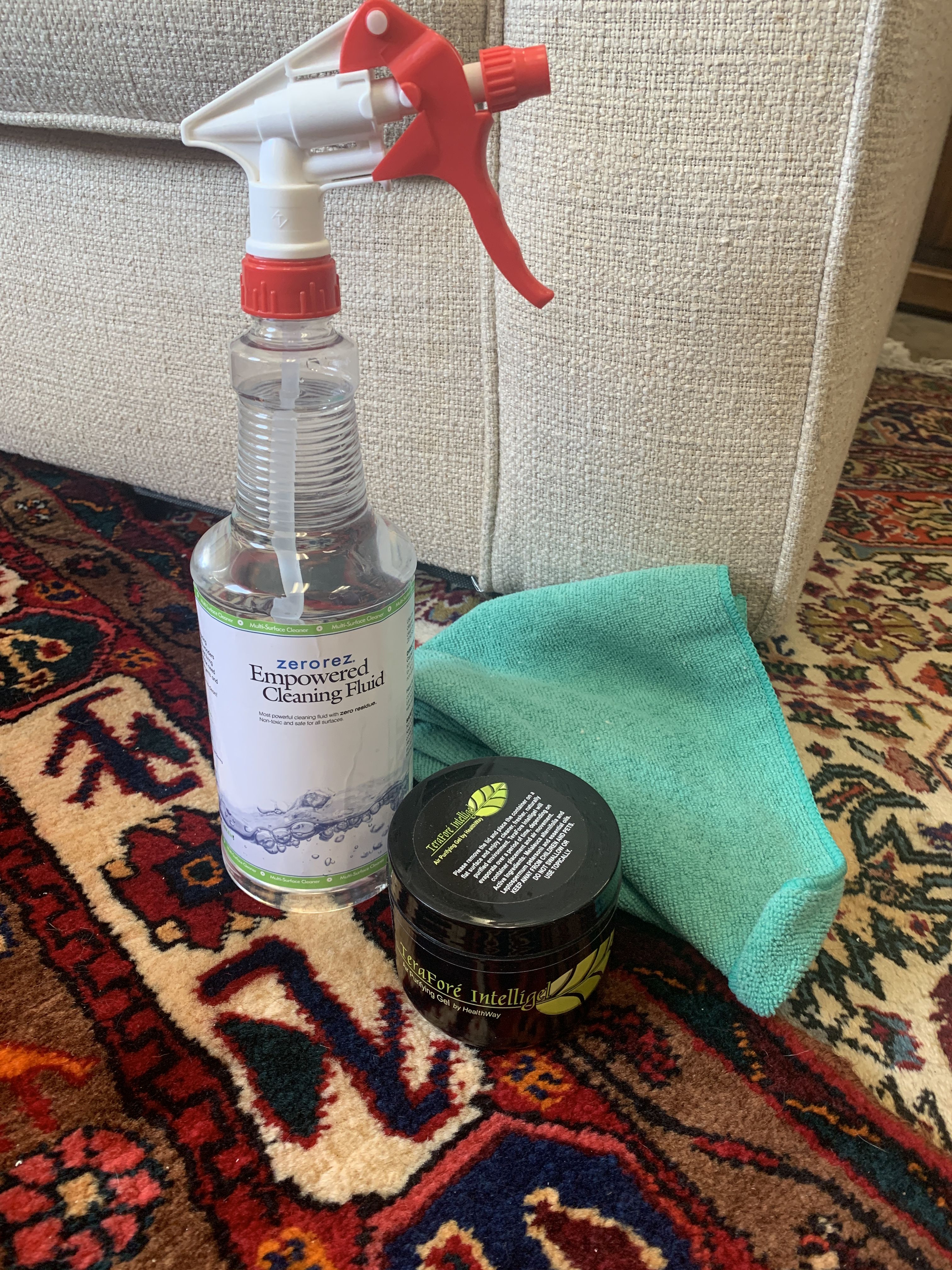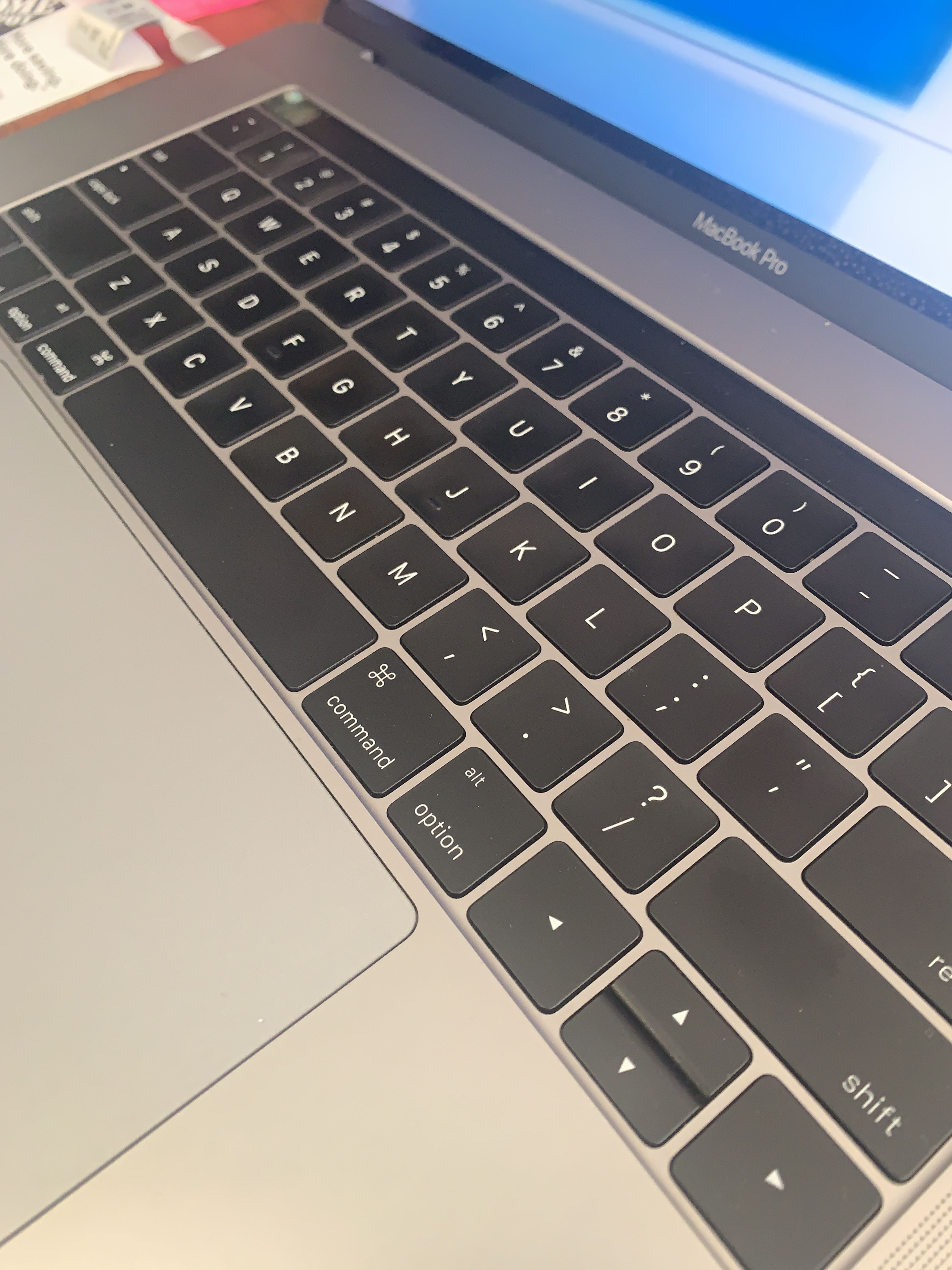General Cleaning Tips
With everything going on right now, specifically the lockdown over the COVID-19 Corona Virus, I thought it would be good to go over general cleaning, and how to make your home a little cleaner and safer for you and your family. The CDC states "Cleaning of visibly dirty surfaces followed by disinfection is a best practice measure for prevention of COVID-19 and other viral respiratory illnesses in households and community settings." (cdc.gov). It may seem obvious what it means to clean, but as a professional cleaner, I see a lot of cleaning being done wrong, or in an ineffective matter.

1. First, sanitizing wipes don't clean. And they don't disinfect, at least not right away. Reading the label, Clorox wipes require surfaces to remain visibly wet for 3 minutes for disinfection. Lysol wipes take 10 minutes. The problem I see most often is we wipe once and feel it took care of the problems. In fact though, it can make the problems worse- germs can develop immunity to chemicals used to kill them. You may have noticed its hard to find anti-bacterial hand soap- a few years ago it was determined that inappropriate and overuse was actually causing "super-bugs;" germs resistant to the cleaning chemicals. Using wipes can be an easy and effective way to help get your surfaces sanitary, but the label must be followed for it to really be effective.
2. Soap and water, or more accurately, detergent and water is a great way to start cleaning. I prefer our Zerorez® Multi-surface Electrolyzed Cleaning Water to do my household cleaner, naturally, but if it isn't available to you, or you are cool with the traditional way of cleaning, soap and water works. Even though there is a difference between soap and detergent, I'm going to use them interchangeably, most of us won't care. Dilute soaps and cleaners according to their labels, and rinse as much off as possible. Soap is sticky- it doesn't come off easily, so in order to avoid a buildup, rinse well. On surfaces that you can't rinse, using a little extra wiping with plain water can help. Of course, I don't recommend soap and water for carpet or upholstery, but you gotta do what you gotta do, sometimes. If you need help, we are more than happy to help you out. For wet areas, like showers, tubs, sinks, and toilets, using a strong cleaning vinegar is awesome- it can help to break up hard water and soap scum buildups.
3. Bleach is not a cleaner- it is a disinfectant. The CDC recommends cleaning surfaces first, and then disinfecting. Please, don't use bleach on your soft surfaces (carpet and upholstery, and especially wool rugs), and please dilute it according to the manufacturer's directions. More isn't better. Don't mix it with other chemicals, either- you could end up with a killer buzz. Literally. a 70% alcohol mixture is also a good disinfectant, and can be a little safer on your softer surfaces. One thing to note- it is impossible to disinfect carpet or upholstery. Like a lot of things, disinfection means something very specific, and it is impossible to test for it on soft or porous surfaces. Be wary of anyone or anything that says they can.

4. Focus first on high touch areas. These include tables, chairs, light switches, doorknobs, faucet handles, and door handles. TV remotes, phones, keyboards, tablets, and countertops are other high touch areas that can use a good scrub down, regularly. I like to clean the areas immediately around these items as well- if you've ever looked at a light switch or a door, you'll see where hands have been when they've been looking for the switch or the knob, or where they just simply pushed the door. I wipe them all down, and try to sanitize all of them. Getting these areas first, and really focusing on them can make a huge difference in keeping your home clean for everyone.
5. Look at the not-so-obvious areas next. These include cabinet doors in the kitchens, especially around the stove and sink. Look at the tops and undersides as well. These can be super gross- grease and oils from cooking collect on these surfaces and become a sticky mess, and then become germ factories. Cleaning walls, ceilings, and fans are also a great way to help improve air quality. Cleaning the back of the toilet, and getting down in all the little bends of the toilet is something I see missed often. These areas get filthy, cleaning regularly is a great way to help keep things looking and smelling great. Pulling refrigerators and stoves out and cleaning the sides and backs of those are also good. it may be a good idea to get a vacuum and clean the bottom of them as well. Especially the compressor and cooling coil. You may need an air compressor for that part. Not only will your home be healthier, but your fridge will work better, too.

6. Open your windows! Sunlight is one of the most effective disinfectants around, one of the reasons cold and flu season is in the winter. There is just less sun to kill all those pesky germs. Now the weather is starting to warm up (though it was snowing today...) it is a great time to open your windows and doors and ventilate. Getting fresh air in the home is one of the most effective ways to get and keep it healthy.
7. Take out the trash. Getting garbage, especially food garbage, out of the house is a great way to keep germs at bay. I am often surprised at the stuff I find left behind my kids, such as food and wrappers left under the couches, beds, etc. Even when we do throw things away, sometimes we miss the can. Picking all of it up, and getting it out of the house is important to keeping things fresh and clean.
Finally, if you need help getting that deep, ground in dirt out, call us. We are here and ready to help you get your home clean and fresh. Our tools, knowledge, and technology is specifically designed to get your home as clean as possible. We have the best EPA listed disinfectants available right now as well. They are designed to not just kill germs once, but to keep working for months to come.
Let us know how we can help! In the meantime, stay healthy!